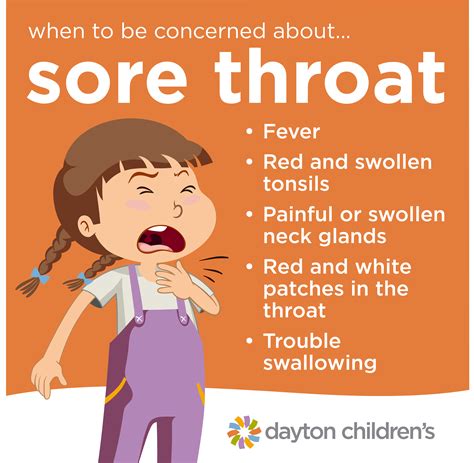Intro
Identify 5 early cold symptoms, including congestion, sore throat, and fatigue, to catch a cold early and prevent its progression, using natural remedies and over-the-counter treatments to alleviate runny nose, cough, and sneezing.
Recognizing the early symptoms of a cold is crucial for taking prompt action to manage and potentially alleviate the severity of the illness. The common cold is one of the most prevalent illnesses worldwide, affecting people of all ages. It's a viral infection that targets the upper respiratory system, including the nose, throat, and lungs. Understanding the initial signs can help individuals seek appropriate care and adopt preventive measures to avoid spreading the infection to others.
The importance of identifying early cold symptoms cannot be overstated. Early detection allows for the implementation of home remedies, over-the-counter medications, and lifestyle adjustments that can significantly reduce the duration and intensity of the cold. Moreover, recognizing these symptoms early on can help prevent the cold from developing into more serious conditions, such as bronchitis or pneumonia, especially in vulnerable populations like the elderly, young children, and people with compromised immune systems.
The onset of a cold can be subtle, with symptoms often mimicking those of other mild illnesses. However, there are distinct early signs that indicate the presence of a cold. These symptoms can vary from person to person but generally include a combination of respiratory, systemic, and localized signs. Being aware of these early indicators empowers individuals to take proactive steps towards recovery and prevention.
Introduction to Cold Symptoms

Understanding Nasal Congestion
Nasal congestion is one of the earliest and most bothersome symptoms of a cold. It results from the inflammation of the nasal passages and the production of excess mucus, which can lead to difficulty breathing, loss of smell, and facial pressure. Managing nasal congestion often involves the use of decongestants, saline nasal sprays, and humidifiers to loosen mucus and reduce swelling.The Role of Sore Throat

Addressing Cough
Coughing is a defensive mechanism that helps clear irritants and mucus from the respiratory tract. In the context of a cold, coughing can be dry and hacking or productive, bringing up mucus. Managing cough involves distinguishing between these types and using appropriate remedies, such as cough suppressants for dry coughs and expectorants for productive coughs, along with practicing good hygiene to prevent the spread of the virus.Fatigue and Headaches

Additional Symptoms
Other early symptoms of a cold can include sneezing, runny nose, loss of appetite, and mild body aches. These symptoms can vary in intensity and combination among individuals. Recognizing these signs early allows for a more holistic approach to managing the cold, incorporating both medical treatments and lifestyle adjustments.Prevention and Management

Home Remedies
Several home remedies can provide relief from cold symptoms. These include using honey for coughs, consuming chicken soup for its anti-inflammatory properties, and practicing steam inhalation to loosen mucus. While these remedies do not cure the cold, they can significantly improve symptom management and comfort during the recovery period.Treatment Options

When to Seek Medical Attention
While most colds are self-limiting and resolve on their own, there are instances where medical attention is necessary. These include severe symptoms, high fever, difficulty breathing, and signs of secondary bacterial infections such as sinusitis or bronchitis. Seeking medical care in these situations can prevent complications and ensure appropriate treatment.Conclusion and Next Steps

Final Thoughts
The common cold, while prevalent and often viewed as a minor illness, requires attention and care to prevent complications and ensure a smooth recovery. By staying informed, adopting healthy habits, and being mindful of the early signs of a cold, individuals can empower themselves to manage their health more effectively. As research continues to uncover more about the viruses responsible for colds and the body's response to these infections, our understanding and approaches to prevention and treatment will evolve, offering even more effective strategies for dealing with this ubiquitous illness.What are the most common symptoms of a cold?
+The most common symptoms include nasal congestion, sore throat, cough, fatigue, and headaches. These symptoms can vary in intensity and combination among individuals.
How can I prevent the spread of a cold?
+Preventing the spread of a cold involves frequent handwashing, avoiding close contact with individuals who have a cold, avoiding sharing personal items, and maintaining a healthy lifestyle through a balanced diet, regular exercise, and adequate sleep.
What are some effective home remedies for cold symptoms?
+Effective home remedies include using honey for coughs, consuming chicken soup for its anti-inflammatory properties, and practicing steam inhalation to loosen mucus. These remedies can provide relief and support the body's recovery process.
We invite you to share your experiences and tips for managing cold symptoms in the comments below. Your insights can help others navigate the challenges of dealing with a cold and contribute to a more supportive community. Additionally, consider sharing this article with friends and family to spread awareness about the importance of recognizing early cold symptoms and taking proactive steps towards prevention and management. Together, we can foster a healthier and more informed approach to dealing with the common cold.
